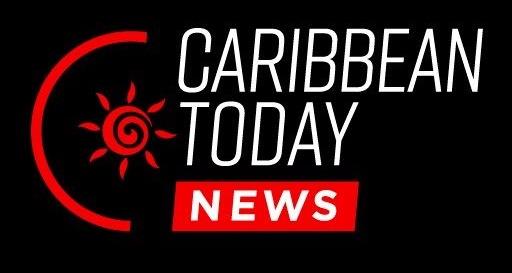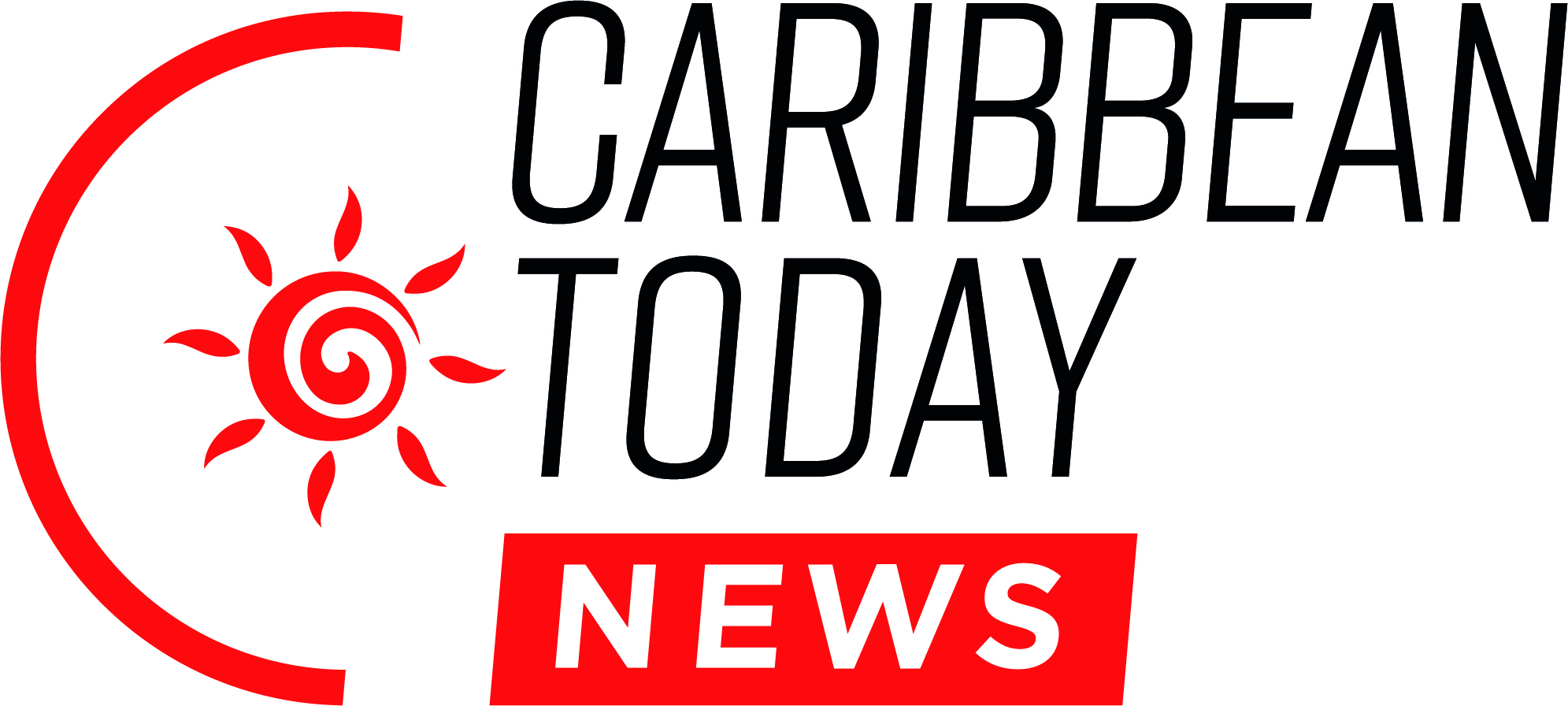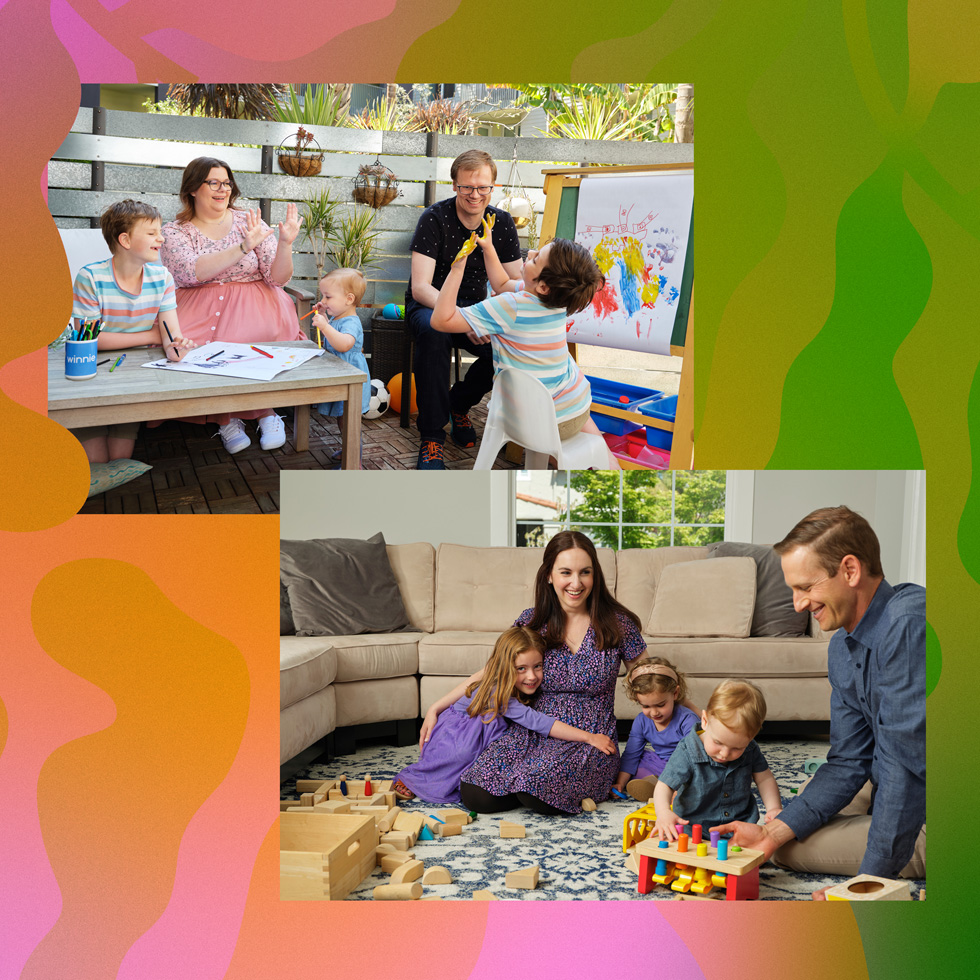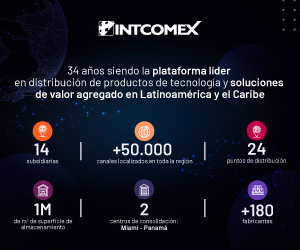When Samantha Burns, 34, and her husband had their first child, they were overjoyed. But when she started preparing for a return to work, finding full-time childcare in San Francisco turned out to be incredibly stressful. Finally, she secured a spot — and then the COVID-19 pandemic began.“When COVID-19 hit, everything closed down,” says Burns.
“After a while, our daycare just never reopened.”Luckily by then, she had discovered Winnie, an app that helps connect parents to childcare providers with openings.“I used Winnie, and within 48 hours, we had a new daycare for our son,” says Samantha. “It was really easy to check inspection and citation reports, and read reviews from other parents. And the new daycare was even closer to our house.
”Winnie is the brainchild of Chief Executive Officer Sara Mauskopf, 36, and Chief Product Officer Anne Halsall, 37, who met while working at the same startup six years ago. Both were mothers with young children, and knew how challenging it could be to find quality childcare.
Over half of licensed daycares and preschools weren’t online at all before Winnie,” says Mauskopf. “Meanwhile, the millennial generation was coming of age as parents, and we’re used to looking for information online and on the phone — we’re used to having an app for that. And when it came to this really important purchasing decision, it was really hard to get good information and connect with providers.”After realizing their shared passion to change how parents find childcare, both women quit their jobs to develop their app.
Six months later, Winnie launched on the App Store.Fast-forward to today, and Winnie is about to celebrate its five-year anniversary.The app now hosts over 200,000 licensed childcare providers nationwide, and more than 12 million parents have used Winnie, accessing a provider’s license status as well as parent reviews, photos, and discussion forums.
The company has grown to a staff of 25 people across 12 states. Building technology that supports people whose needs are often underrepresented is a key value for the team, 60 percent of whom are women, and 48 percent of whom identify as people of color.
Over the last year, Halsall and Mauskopf have shifted their workplace model and now employ part-time workers with flexible schedules who are on salary, have equity in the company, and receive benefits — including the company’s 12 weeks of paid parental leave for both women and men.
In celebration of Mother’s Day and Winnie’s fifth anniversary, Apple sat down with the founders to chat about what they’ve learned about making apps, their users, and the future of childcare.
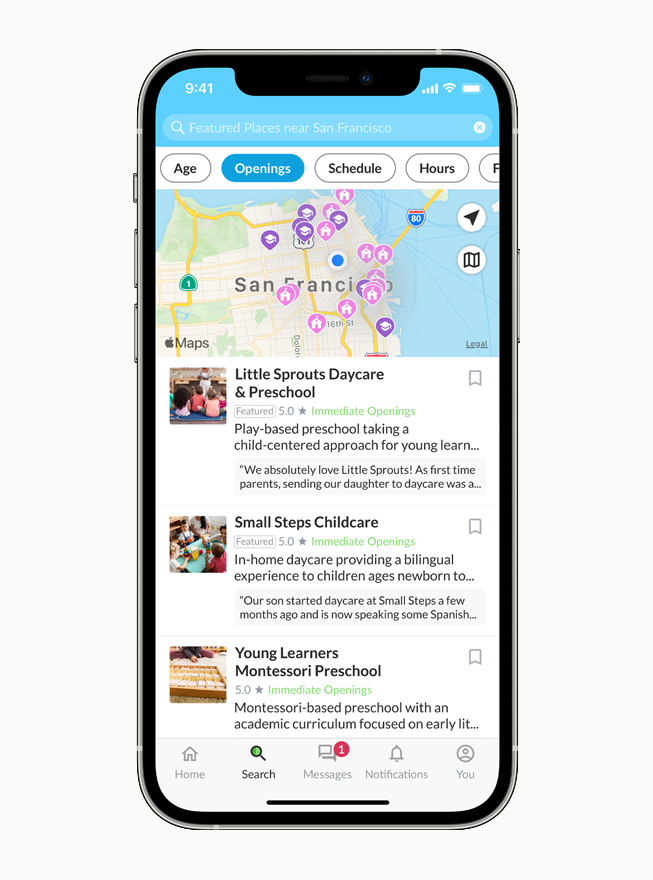
What advice would you give developers who are about to launch their first app on the App Store?
Anne Halsall: Get your app into the world — just ship it. You want to get it in the hands of as many people as possible. You need to get that feedback and incorporate it into your product development process. Don’t keep it private and polish it and polish it until it’s perfect. Get it out there as soon as possible. That’s really important
What tips can you give on how to build a fantastic iOS app?
AH: Make use of Apple’s technologies. Build true native apps that utilize the frameworks that are provided to you, and use the full array of functionality available so that when the user is interacting with your app, they’re doing so in a way that is really consistent with the rest of their phone and feels really integrated. And most importantly, go to WWDC every year! [Anne has attended half a dozen times.
What have you learned about how your users’ needs have changed over the last five years?
AH: Childcare enables people to participate in the pay workforce, so how providers offer their service has to track with the needs of the labor force, and the labor force is indisputably changing. People are working gig jobs and shift jobs, and they’re working part time more, so providers have to be able to respond to and support that.
How has COVID-19 changed the childcare landscape?
Sara Mauskopf: It changed everything. In September 2020 we surveyed 1,000 Winnie users to find out how the pandemic was impacting them, and the data revealed that 1 in 4 families is using a parent who is working from home as their child’s primary caregiver. I think a lot of parents have recognized that it’s untenable for them to work and care for kids at the same time, and now we’re starting to see people looking for daycare and preschool in record numbers.
AH: We’ve also noticed a migratory shift — there’s an abundance of openings in daycares and preschools in urban centers, and then suburban centers that used to have more supply now have less. Our data is showing us that families are moving out of big cities and into the suburbs across the United States — Chicago, New York, Miami, everywhere.
What do you think is the most important issue in childcare right now?
SM: What we’ve learned over the last five years is that providers are really key to solving this puzzle for parents — and this has been especially true during the pandemic. So many providers stayed open at great risk to themselves and their families to provide an essential service for not a lot of recognition or pay.
They’re truly unsung heroes. So our goal is to help connect parents to providers, but it’s also to help bring a higher level of respect and funding to the field. Because when that happens, communities across the county benefit.
